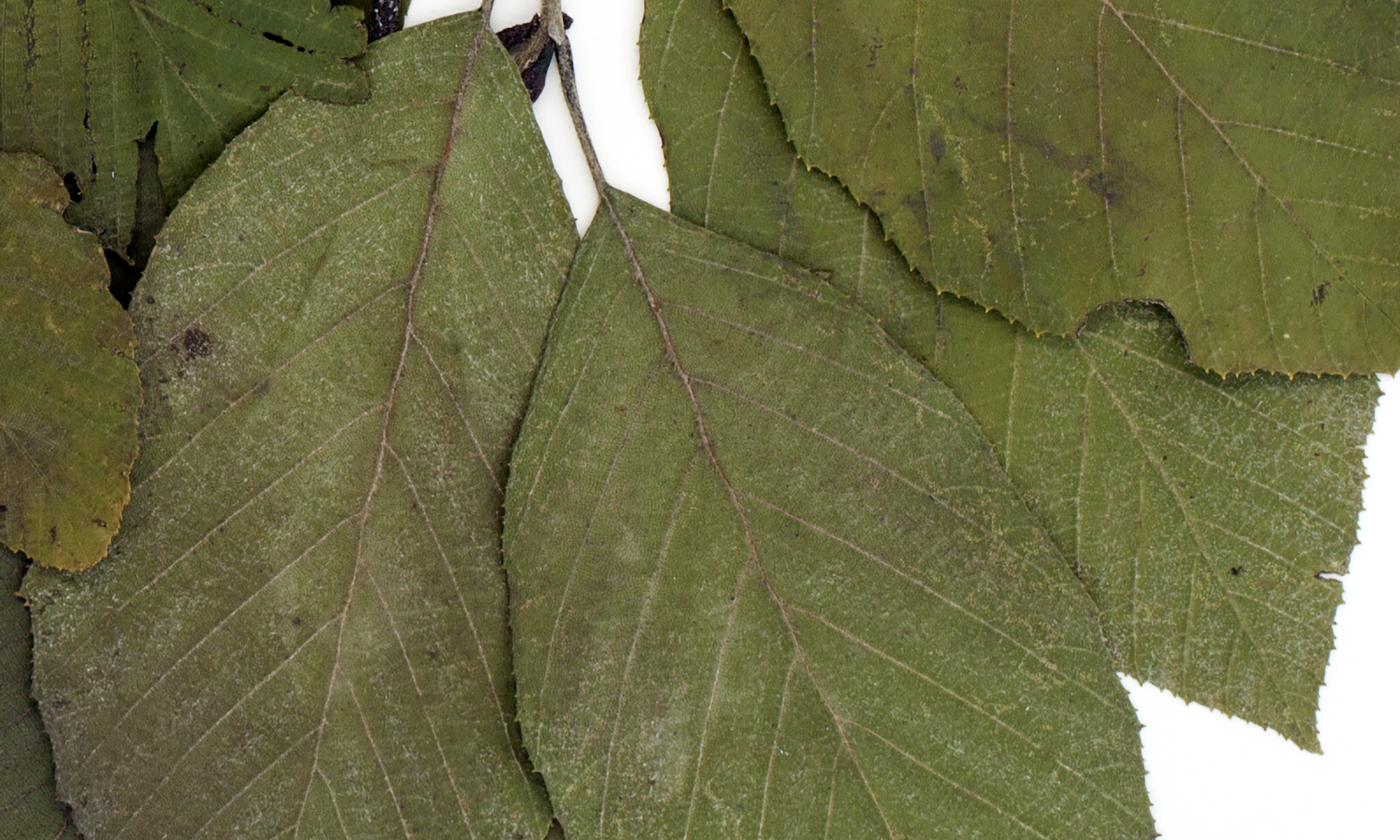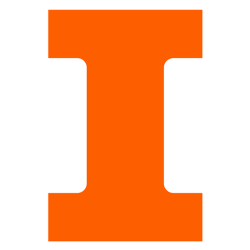ILLS and ILL combined bryophyte collections
In total the combined collections have 55,000+ specimens. Within the bryophyte collections are the Musci Americani exsiccati containing 286 specimens collected by Thomas Drummond, many of which are type specimens. These were gathered during the Second Land Arctic Expedition of 1825 under the Command of Captain Franklin. We also hold approximately 700 other bryophyte exsiccati. The earliest known bryophyte in the collection is Encalypta streptocarpa Hedw. collected in Switzerland in 1817. Other important collections include G.H. Boewe, R.R. Brinker, V.H. Chase, J. Duda, R.A. Evers, W.J. Eyerdam, T.C. Frye, S. Hattori, E.J. Hill, S.R. Hill, Y. Ikegami, G.N. Jones, L.F. Koch, M.L. Sargent, L.M. Umbach, and W.A. Weber.
The bryophytes are currently undergoing curation as the remaining 20,000 specimens are identified, put into archival packets, and merged into the main collection. During this process, more exsiccati and type material will likely be recovered.
ILLS and ILL combined Algal collections
There are 5600+ combined algal specimens. This includes about 2600+ algae exsiccati with the most notable being a complete set of the Phycotheca Boreali – Americana, donated by Mrs. Mary S. Snyder in 1914. This collection includes about 90% of all the marine algae found on the coasts of the United States. The algae are in the process of being digitized and databased by herbarium volunteers.

